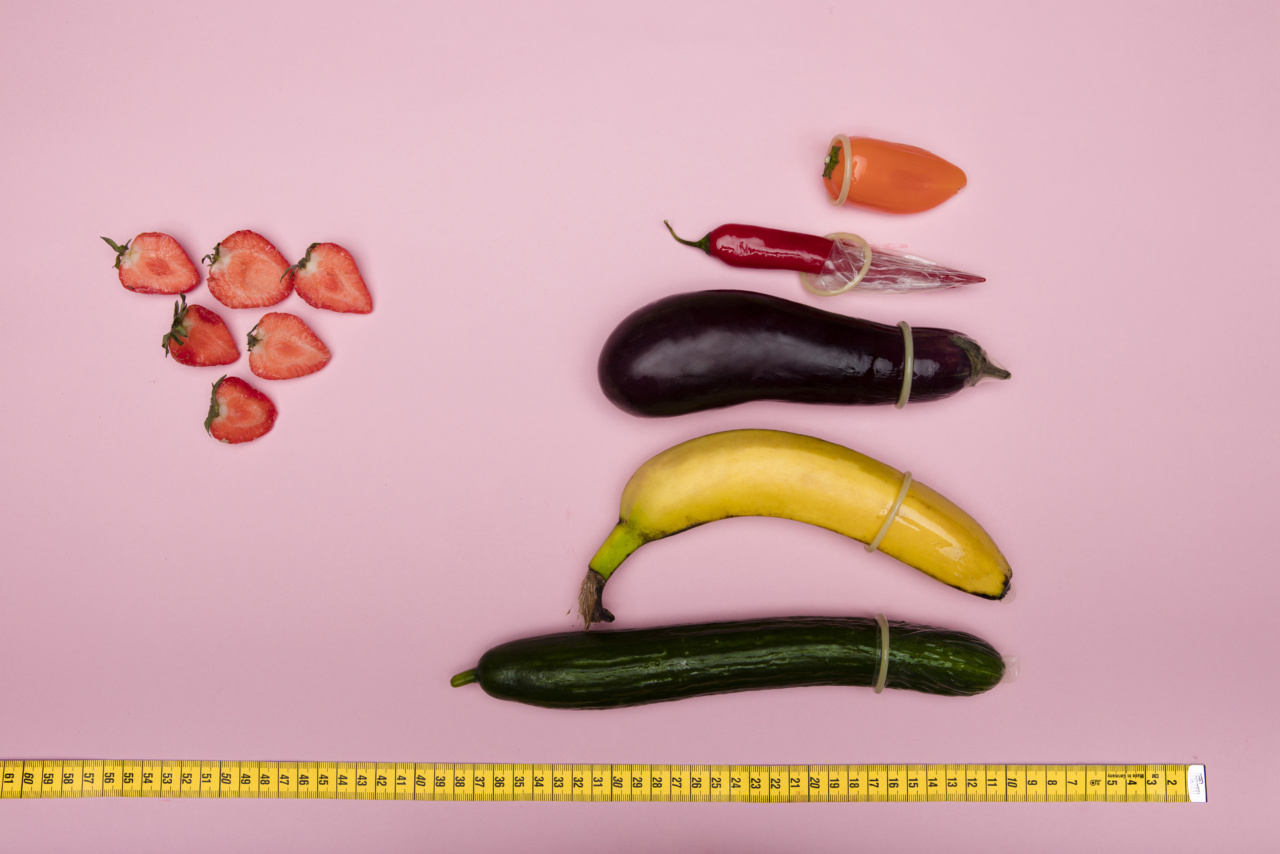Fruits and vegetables are an important part of a healthy diet. To ensure that we consume the recommended amount of fruits and vegetables, it is necessary to measure our servings.
Measuring fruits and vegetables can be done in various ways, including weighing, using measuring cups, or counting. In this article, we will explore the different methods of measuring fruits and vegetables.
Why is it important to measure fruits and vegetables?
It is essential to measure our fruit and vegetable servings to ensure that we consume the recommended daily intake of these vital foods.
Fruits and vegetables are packed with essential vitamins, minerals, and nutrients that are important for maintaining a healthy body. Consuming a variety of fruits and vegetables can help reduce the risk of chronic diseases, such as heart disease, stroke, and certain types of cancers.
How to measure fruits and vegetables
Weighing
Weighing is one of the most accurate ways to measure fruits and vegetables. It can be done using a kitchen scale. Simply place the fruit or vegetable on the scale and record the weight.
This method is ideal for measuring fruits and vegetables that are small in size, such as berries.
Measuring cups
Using measuring cups is a convenient method for measuring fruits and vegetables. Different fruits and vegetables require different size cups. For example:.
- 1 cup of chopped fruit or vegetables
- 1/2 cup of dried fruit
- 2 cups of leafy greens
It is important to note that fruits and vegetables that are already measured in cups, such as canned fruits and vegetables, do not require additional measuring.
Counting
Another way to measure fruits and vegetables is to count them. For example:.
- 1 medium sized apple or banana
- 6 baby carrots
- 12 grapes
This method is ideal for measuring fruits and vegetables when measuring tools are not available.
How much fruits and vegetables should we consume?
The amount of fruits and vegetables that an individual should consume depends on age, gender, and physical activity level. The USDA recommends the following serving sizes:.
- Children ages 2-3 years old – 1 cup of fruit and 1 cup of vegetables per day
- Children ages 4-8 years old – 1.5 cups of fruit and 1.5 cups of vegetables per day
- Children ages 9-13 years old – 1.5 cups of fruit and 2.5 cups of vegetables per day
- Girls ages 14-18 years old – 1.5 cups of fruit and 2.5 cups of vegetables per day
- Boys ages 14-18 years old – 2 cups of fruit and 3 cups of vegetables per day
- Adult women – 2 cups of fruit and 2.5 cups of vegetables per day
- Adult men – 2 cups of fruit and 3 cups of vegetables per day
It is important to note that these are general guidelines, and individuals may need to adjust their intake based on their nutritional needs and physical activity level.
In conclusion
Measuring our fruit and vegetable servings are essential to ensure that we consume the recommended daily intake of these vital foods. We can measure fruits and vegetables in various ways, including weighing, using measuring cups, or counting.
Depending on our nutritional needs, we should consume a specific amount of fruits and vegetables each day. Eating a variety of fruits and vegetables can help reduce the risk of chronic diseases and improve overall health.





























